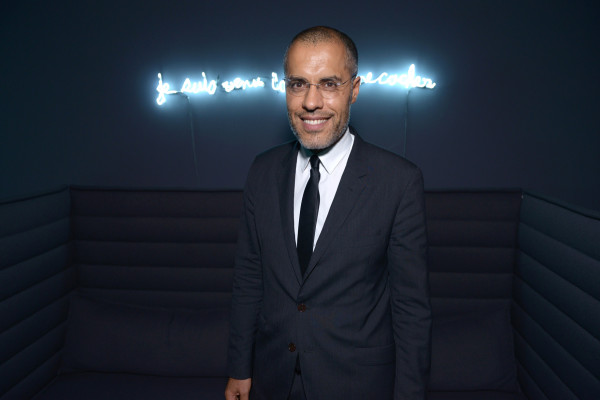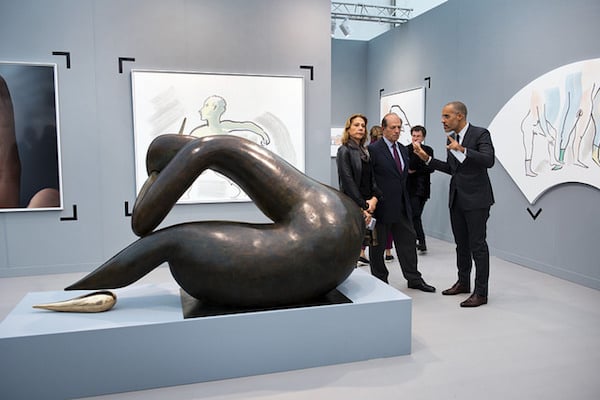Galleries
Kamel Mennour Cements Blue Chip Potential by Opening Third Space in Paris
The Algerian-born dealer refuses to be made a poster boy for French integration.

Photo via collectifcombo.wordpress.com
The Algerian-born dealer refuses to be made a poster boy for French integration.

Hili Perlson

The Parisian Galerie Kamel Mennour is having a stellar year. After selling out his booth of works by shooting star Camille Henrot last week at Frieze London, the gallerist is now opening a third space in the French capital, in the prestigious 8th arrondissement, on Avenue Matignon.
Mennour opened his first gallery over 15 years ago, and his current spaces in Saint-Germain-des-Prés are well-frequented spots on Paris’s Left Bank. So why would the established dealer need an additional Parisian location?
The French newswire Le Journal Des Arts offers one interpretation. With an address on the more bourgeois Right Bank, Mennour could be catering to the needs of a more affluent but less mobile type of clients, who won’t venture too far from the temples of Parisian luxury dotting the area.

Kamel Menour at his booth at Frieze London 2015, with works by Camille Henrot.
Photo: Linda Nylind. Courtesy of Linda Nylind/Frieze
In addition, Mennour could also be following the trend set off by the blue-chip Galerie Thaddaeus Ropac, which was the harbinger of a new era for Parisian art dealers. After decades marked by the quiet understatements that have characterized the local art scene, Ropac broke the spell in 2012, when he opened his spectacular second space in Pantin, supplementing his gallery in Le Marais. Many have since followed suit, and Mennour might just be taking the necessary steps to keeping up with the revitalized Parisian gallery landscape.
After all, his roster of artists includes some of the most established names in the art world, including Daniel Buren, Lee Ufan, Alfredo Jaar, Huang Yong Ping, and Anish Kapoor. He also represents the estates of Alberto Giacometti and Pierre Molinier.
Whatever the reason for the expansion, the success story of the Algerian-born gallerist, who was raised is France, is remarkable, though he insists on not being made a poster boy for a successful integration in France. “When I started, I was 23 and studying economics to become a banker,” he told the New York Times in a recent interview. “To pay my university fees, I started to sell small paintings door to door and it became an obsession.”
The opening date for the new location is slated for early 2016, and the expansion cements the gallery’s status as a one of Europe’s top galleries.